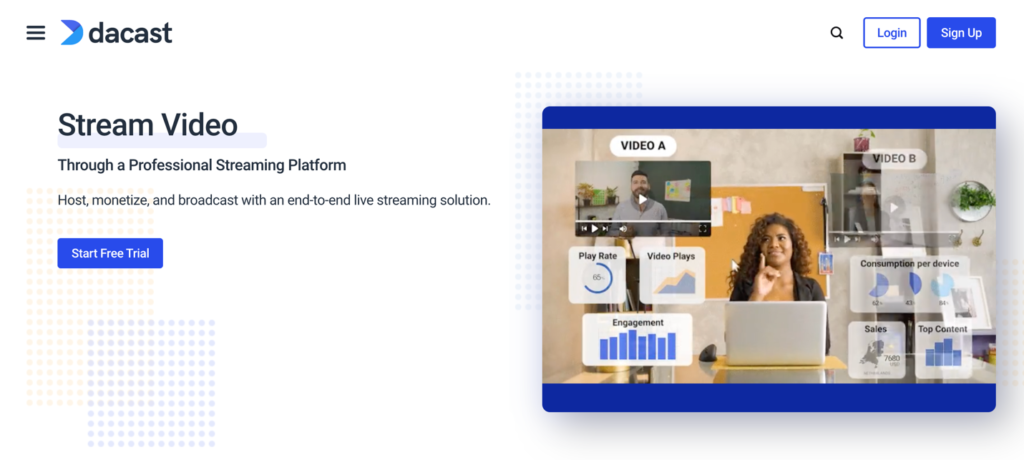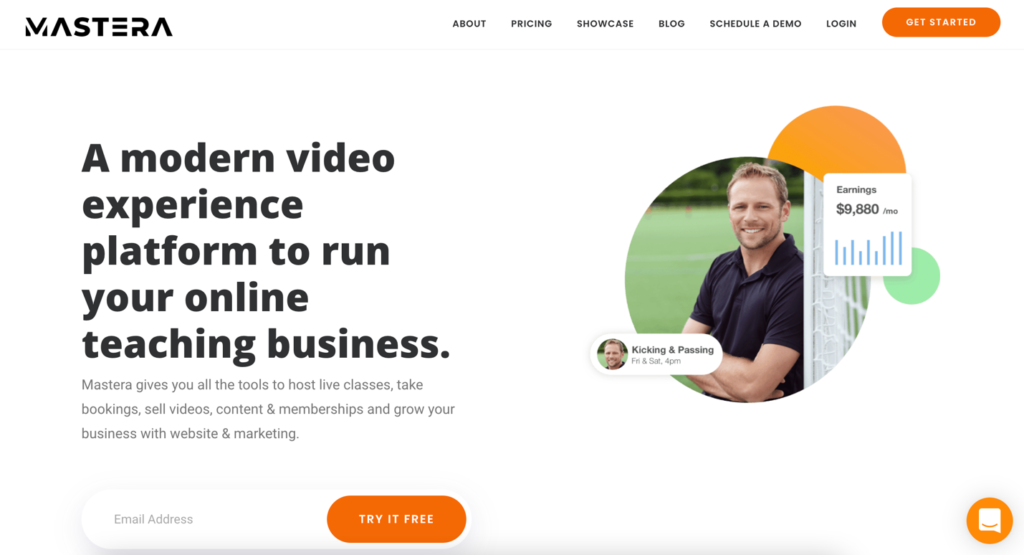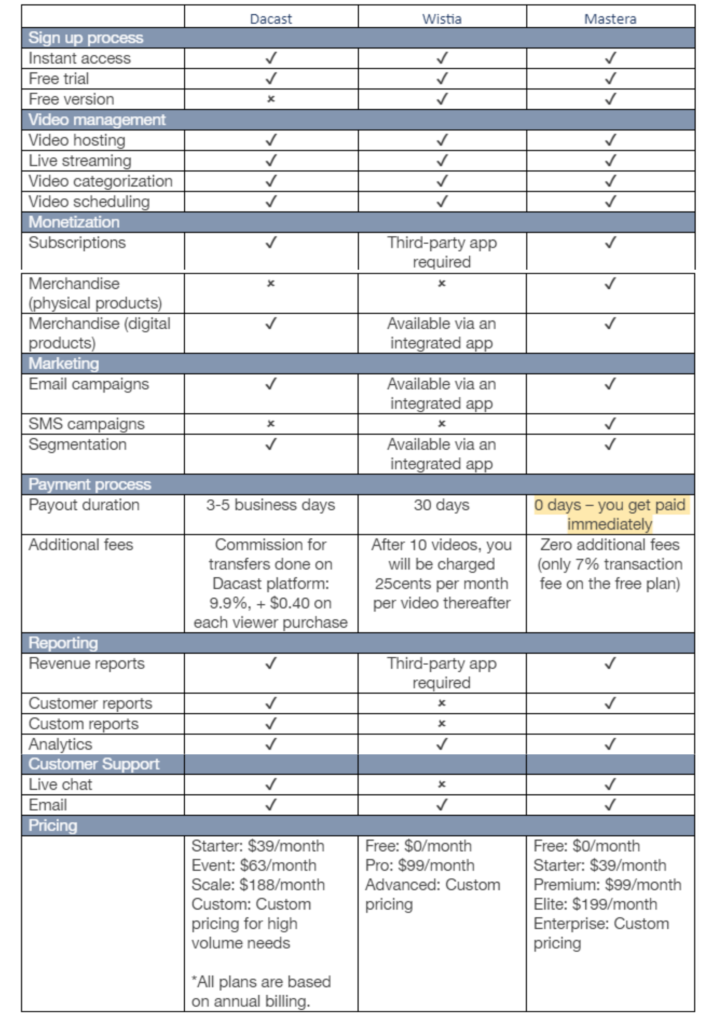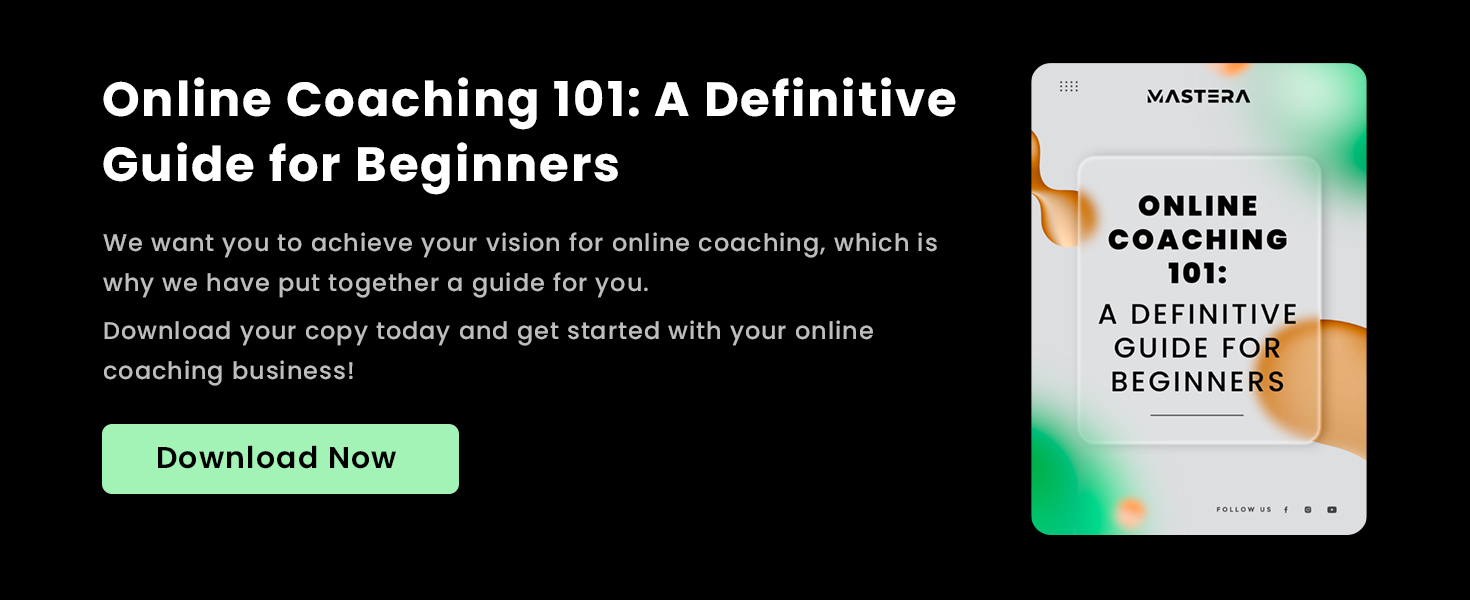Video monetization has grown exponentially over the past few years. With the rise of video content viewings in recent years, creators have had to make video a part of their ongoing content calendars. Moreover, the fact that most people prefer video formats over any other to learn a skill shows that video is working well – and it’s here to stay.
This is why freelancers, business owners, creators, and instructors have gone through the process of understanding the OTT market and using it to their advantage.
With such a vast choice of online video streaming services out there, many mainstream industries like wellness, media, entertainment, eLearning, and eCommerce have all transitioned to using video experience platforms. These platforms help creators monetize videos, sell products, and build a customer database. The best part about premium video experience platforms is that all of your content, customers, reports and payments run through one platform. This way, you don’t have to juggle different software all at once. It’s a great way to get started and expand as a freelancer.
But monetization ranks above the fancy streaming features, website templates, and automated reports. You have an issue if a platform allows you to host video content but not monetize it. The point of video experience platforms should be to help you make revenue from sharing your passion or expertise with others.
So, today we’ll take the time to look at some of the best platforms to monetize your videos in 2022. But before we get into the comparison, let’s look at video monetization a bit closer.
What is Video Monetization?
To put it plainly, video monetization is when you can earn surplus revenue for your original video content that you have streamed via an online video experience platform. Once you have created your series of videos, the idea is that you deliver this content to potential viewers who can watch or live-stream your content.
In some cases, video monetization comes in the form of subscriptions. This means that once someone subscribes to your, for example, yoga classes for a monthly fee, they can access your content, and you will gain that revenue from them for as long as they are subscribed to your channel.
To sum up, if you allow audiences to access your video lessons on a membership basis, it widens the opportunity for monetization and customer retention.
Common Video Monetization Models
Even though there are many ways in which creators can make revenue from their video content, most video monetization methods are grouped into one of three broad categories:
- SVOD (Subscription-Based Video on Demand)
- AVOD (Advertising-Based Video on Demand)
- TVOD (Transactional-Based Video on Demand)
Source: SG Analytics
SVOD (Subscription-Based Video on Demand)
SVOD is one of the most common video monetization models today. Basically, as the broadcaster, it allows you to give someone access to your video content, provided they sign up to pay you a recurring fee (or most commonly known as a membership). This is a low-maintenance model because they can access your content as long as the member keeps their subscription and pays for it. Think of it as the same way an Amazon Prime or Netflix subscription works. As long as you pay – you have access to their library.
Another recent development on SVOD that you should be aware of is the live streaming component. That’s right; you can now monetize your live streams. This works well if you’re hosting webinars as part of a greater learning program, where you can allow potential audience members to sign up for a one-time live webinar. SVOD is a basic model, but it is known to work efficiently and fuss-free for most teachers.
AVOD (Advertising-Based Video on Demand)
AVOD is a little different from SVOD because it is based on a sponsorship model. So, a brand will pay you, the creator, to run one or several video advertisements for your audience. The best way example, and the one that you’ve probably seen the most of, is on YouTube. Those famous YouTubers you’re subscribed to are almost always doing an in-video sponsorship that lasts at least 30-seconds (if not more).
These are known to be a lower barrier to entry for two reasons: The first is because it is easy to set up and maintain. And the second is that viewers are used to seeing them and generally don’t mind a sponsorship advert here and there – provided it isn’t too frequent.
TVOD (Transactional-Based Video on Demand)
The final model is TVOD, which refers to ‘pay-per-view’ streaming. This is where viewers can pay upfront per video or digital download they have requested.
Imagine you’re back in the 90s. It’s like walking into a store, picking up a VHS cassette labeled ‘How to start your own herb garden’ and purchasing it. Now, that content is available to you, and you can learn that knowledge with no hassle.
This type of model works great for content with very particular topics and instructions. Some see TVOD as being a little too restrictive to viewers, but it can actually be pretty profitable if you set it up correctly. Remember that you can also blend TVOD with another monetization model to maximize your profits. Just be careful not to overpower your audiences with advertisements or costs.
How to Monetize Your Video Content, and Where to do it?
Before any creator signs up to a video monetization software, it’s the golden question – how do you monetize your content?
The truth is, there are a few practical ways to monetize videos, and they’re not as complicated as you may think. Let’s take a look at them in more detail.
Start pushing memberships
One of the most remarkable and most rewarding ways to monetize your video content is to get members to sign up for your content. This will bring in recurring revenue for you and help you build long-term relationships with your subscribers. Consider using a video monetization software that allows you to chat with customers over text to assist them with questions they may have and give them feedback. Remember that once you have subscribers, you can also gain more revenue by offering ‘exclusive content’ and even selling merchandise on your website.
Embed sponsored ads into your published content
We’ve chatted about this a bit in the AVOD model, and it works very similarly. Basically, you embed links to a sponsorship within your video content. Once a viewer clicks on the sponsored link, you earn revenue per click. This is a passive way to earn income, but it works very well as part of a blended monetization approach.
Build a branded video streaming platform
Create your own site to monetize your video content. Most people prefer this method as your earning potential is large because your profits are not shared with platforms like YouTube. You can also enjoy a more personal creator-customer relationship and enjoy the flexibility of your own platform. It’s also a good choice if you’re looking to be independent.
However, managing your own platform can be time-consuming and difficult to customize to an advanced state. Some video streaming platforms manage the back-end integrations for you so that you don’t have several components of your business across many platforms. Hosting and streaming can also be difficult to do independently, and it may get expensive if you have to pay multiple vendors for various feature sets.
Now that we know how to monetize your videos, where can you monetize them?
One of the first places that people go to is YouTube. But not so fast. Let’s discuss it a little further before clicking that red and white play icon. The fact is that YouTube has a significantly large audience. According to Global Media Insight, in 2022, YouTube is expected to hit 210 million viewers in just the U.S. That is a tremendous number, and it sounds like a no-brainer to use the platform, right?
Wrong. While YouTube’s numbers are greater than we could imagine, as a creator, you don’t have control over how your content will be distributed on this channel. Looking at the numbers, it’s also important to remember that only a fraction of those viewers will even see your content come up in their recommendations section.
If your video content is more niche and appeals to a very specific audience, you’re better off going with one of the best video monetization platforms available today. This way, you can host your videos and distribute them as you see fit. Some video monetization platforms also allow you to create courses, programs and sell other merchandise too.
So, which online video monetization platform is best? Let’s look at a comparison of the top three platforms we’ve chosen and see which suits your needs most.
Complete Comparison of the Top 3 Video Monetization Platforms in 2022: Dacast, Wistia, Mastera
It’s good to note that although there are many video streaming platforms available to you, some have limited monetization functionality if any.
With this in mind, we’ve chosen Dacast, Wistia, and Mastera as our top three video monetization platforms to compare. We believe each is a strong contender and has much to offer creators looking to make a steady revenue from their videos.
Dacast
One of the most popular platforms today, Dacast offers live and on-demand streaming to viewers. It has excellent content organizing features and also shares video analytics with its broadcasters. Dacast has varied monetization options, too; you can charge viewers a fee to unlock video content or gain subscribers.
Wistia
Wistia is a streaming platform that is simple to use and maintain daily. The software is known for its impressive video analytics, which are so good that other video platforms have integrated it into their analytics to keep customers happy. Wistia focuses on video and podcast content and doesn’t dabble in online learning.
Mastera
Newer to the market, Mastera comes in as a premium video experience platform that focuses on many facets of online streaming and teaching. It offers live streaming through the platform using a Zoom integration, unlimited video hosting, live and on-demand class hosting, and connects with subscribers via text messages. The platform boasts in-depth customer and revenue reporting and sells digital and physical products from within the software itself. Something that not many other online video platforms do!
Let’s see how these video monetization giants line up against each other.
The Best Video Monetization Platform for You
We’ve looked at all the core aspects of video monetization and shown you how it can help you grow your brand and make it profitable using the right tools. If you are ready to share high-quality content with audiences that are waiting for it, you’re in the right place.
Premium video monetization platforms like Mastera, Dacast, and Wistia are there to help you elevate your revenue. The choice between the three can be a tough one, as you can see, they are all very good options.
But what sets Mastera apart from Dacast and Wistia is that Mastera prides itself on monetizing more than just video. You can sell digital products, physical products, and subscriptions through the platform. Whereas Dacast allows you to sell just subscriptions and digital products, Wistia can do the same as Dacast if it has a third-party app integration.
The other more considerable difference is that Mastera has no transaction fees on all paid plans. Dacast charges a commission of 9.9%, and Wistia charges 25cents per video after the first ten videos. These charges (although they may seem low) can add up once your business expands, and this can get quite pricey reasonably quickly.All in all, each of these platforms has its pros and cons and is priced reasonably. It’s up to you to choose which one suits you best. We’re here to help if you need any guidance and ask you to give Mastera a try. Get started for free and learn about how you can create multiple revenue streams using top-notch video monetization software.












